FS Colour Series: Provence Inspired by Paul Cezanne’s Airy Blue
French Post-Impressionist painter Paul Cezanne spent much of his adult life in Provence, and his mature paintings were a response to his immediate environment, conveying the light, hazy colours and undulating forms of the South of France. Pale, airy blues like PROVENCE were a recurring feature, spreading out across vast stretches of cloudless sky, craggy mountains, or still patches of sparkling, crystalline water. Cezanne made it his mission to capture the essence of nature as he saw it, writing in his diary, “I owe you the truth in painting and I will tell it to you.”
Cezanne was born in 1839 in Aix-en-Provence in the South of France. He first began attending evening drawing classes in Aix in 1859. Two years later he moved to Paris, hoping to enter the Ecole des Beaux-Arts, but he was rejected twice. Instead of giving up, Cezanne chose to teach himself how to paint through copying the work of the old masters in the Louvre. He also went to drawing classes at the Academie Suisse, where he first came into contact with Camille Pissarro, Claude Monet and Auguste Renoir, who were, at the time, all struggling artists. It was through these friendships that Cezanne was able to move away from his heavy, dark earlier paintings to a freer, lighter and brighter style.
In 1870 Cezanne moved to L’Estaque in the South of France, and he was entranced by the vivid colours and intense sunlight. After a few brief returns to Paris, Cezanne eventually remained in the south of France, living and working between l’Estaque and his family home in Aix. In his paintings from the 1870s onwards we see Cezanne’s increasing preoccupation with the bright light and structured forms of the landscape around him. His paintings from the 1880s onwards became looser and freer, with rapidly applied, expressive brushstrokes applied in dappled patterns, conveying the flickering sunlight and shifting cloud patterns that moved before his eyes as he tried to capture their essence in paint.
In View of l’Estaque and the Château d’If, 1883-1885 Cezanne paints with what would become his most recognisable colour palette – dusty pale orange, coupled with pastel green and light blue. Here Cezanne scatters patches of sky blue across the foliage in the foreground, giving it a weightless, airy quality. In his later painting The Gulf of Marseille Seen from l’Estaque, 1888, Cezanne paints with structured, more carefully applied brushstrokes, which convey the steady, calm atmosphere of the scenery before him. The entire canvas is dominated by a vast stretch of bright blue water, almost entirely flat, aside from the occasional ripple and shadow suggesting merely the faintest trace of movement. Again, Cezanne couples his blue with a smattering of pale green and orange in the foreground, a flurry of brushmarks suggesting the small houses and bristling trees lining the coast.
One of Cezanne’s most enduring motifs in his later career was the craggy, mountainous outline of Mont Saint-Victoire, which he painted again and again in varying weather patterns and times of day, and from differing viewpoints, noting how its familiar outline could alter dramatically from one day to the next. In doing so, Cezanne made the mountain his own, and it will be forever synonymous with his name. In Mont Sainte-Victoire, painted during the early 1900s, Cezanne is at his expressive finest, conveying the japed surface of the mountain as a sea of dappled, square brushstrokes, each one capturing a different facet of the mountain’s jagged, uneven surface. The sky is a swirling mass of blue marks that threaten to engulf the mountain below, while his foreground is dark and angry, filled with foreboding, indigo shadows that suggest an encroaching storm is on the way.





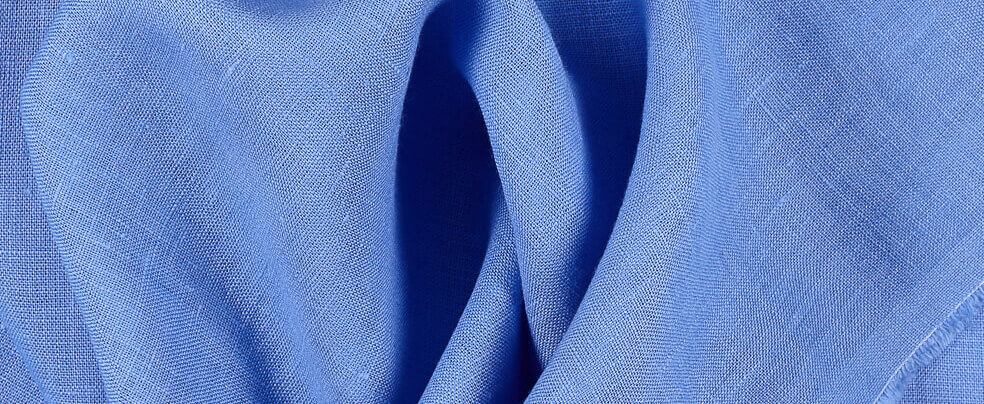
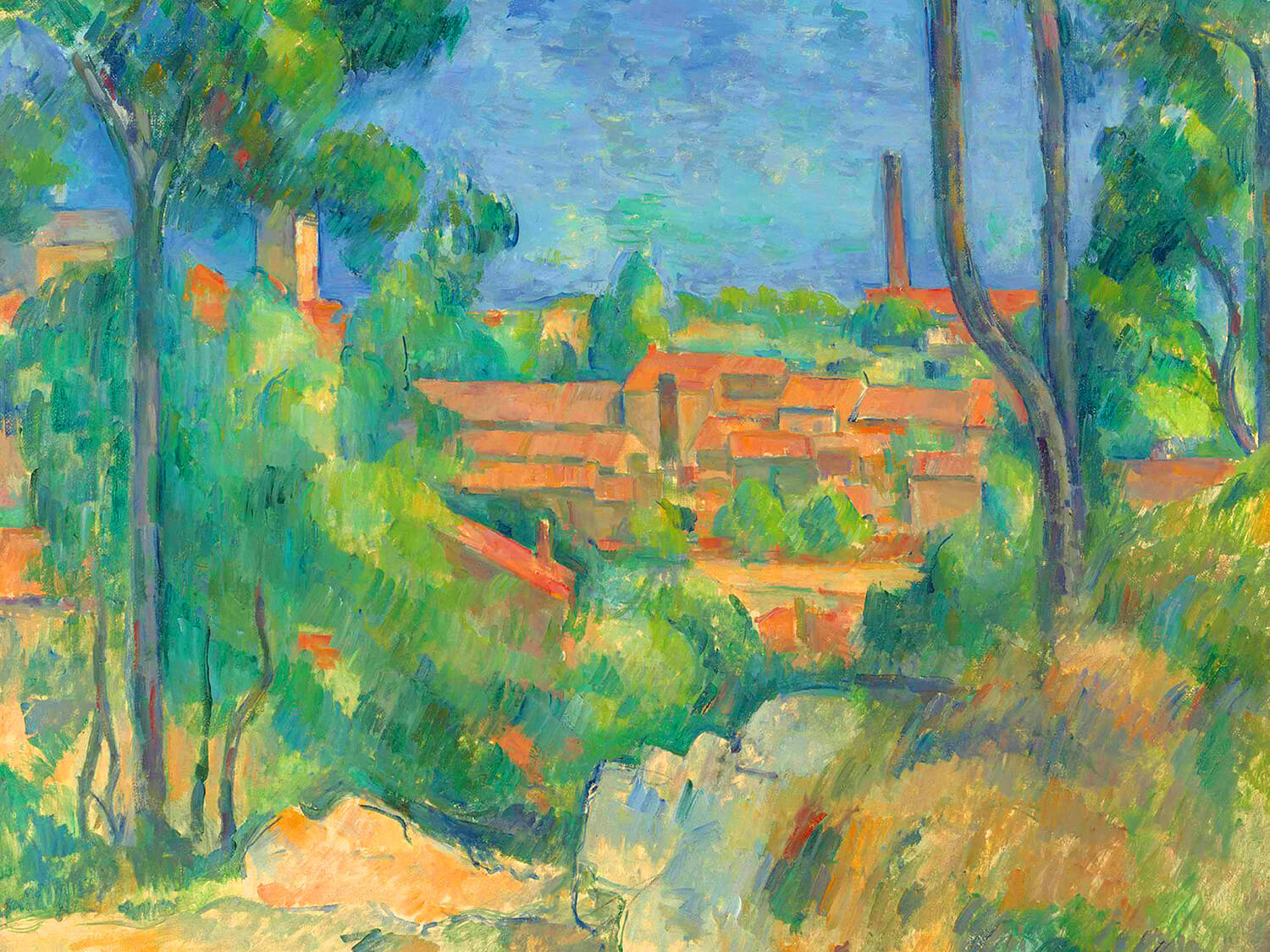
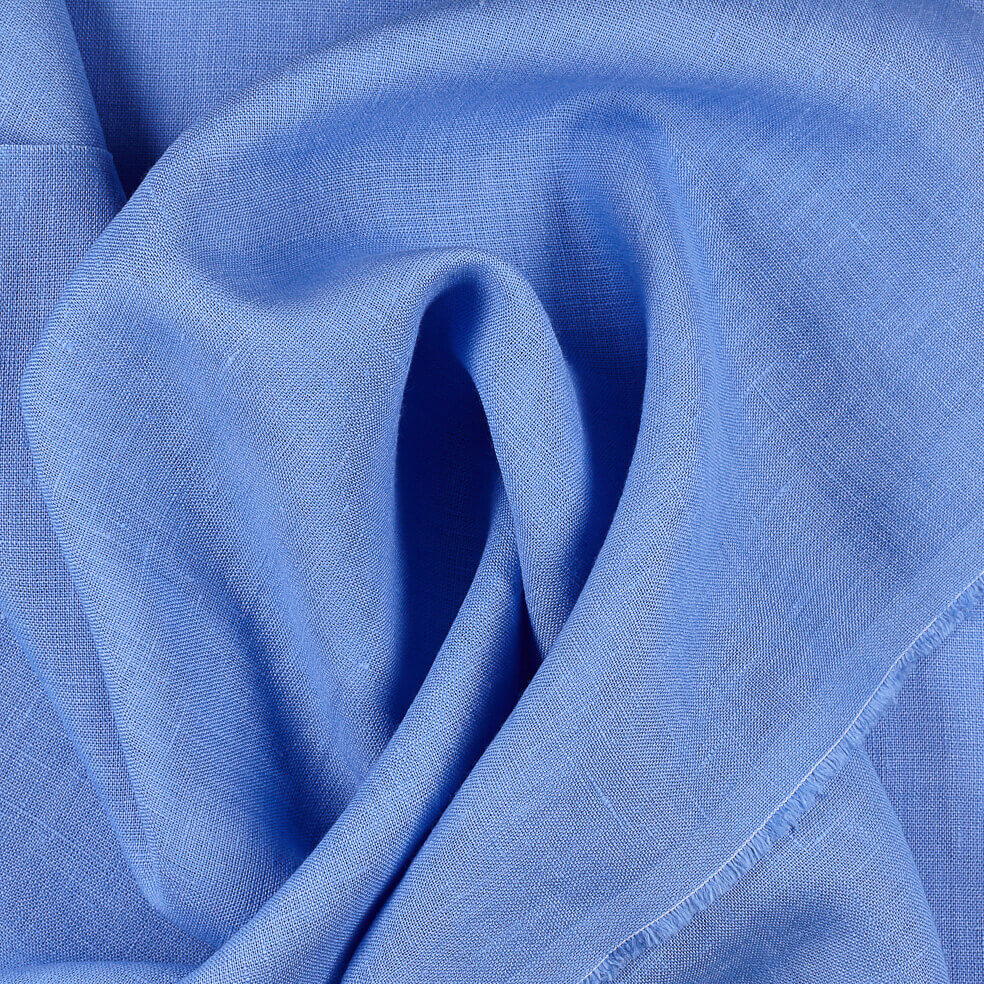

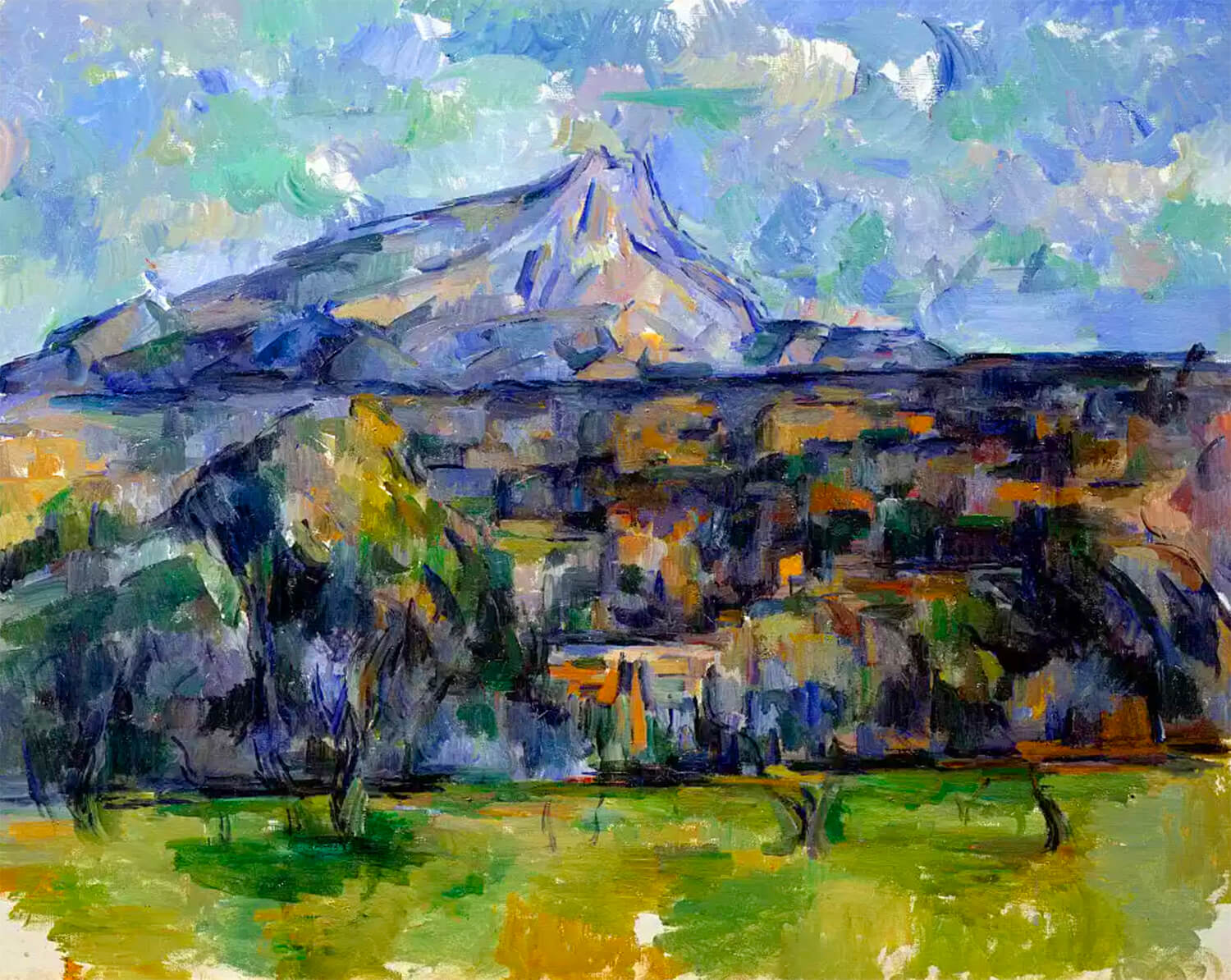
















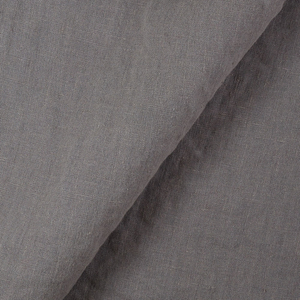


























One Comment
Cassandra Tondro
Beautiful! I love Cezanne’s work and the lovely periwinkle blue linen you’ve paired with it.